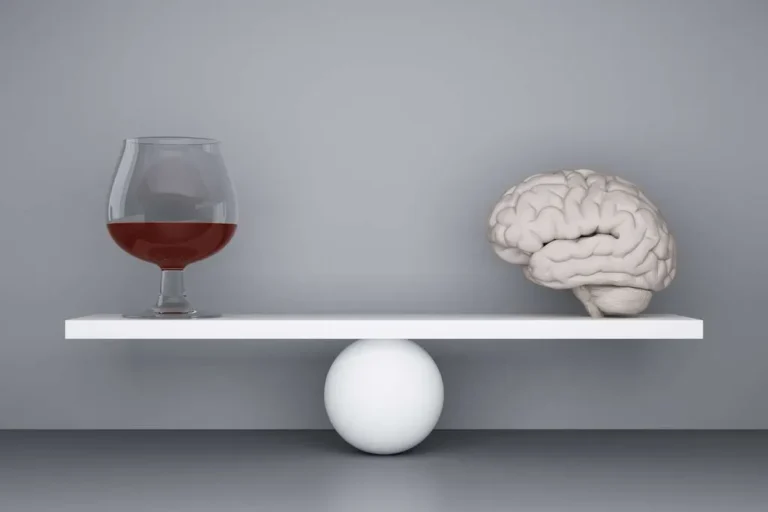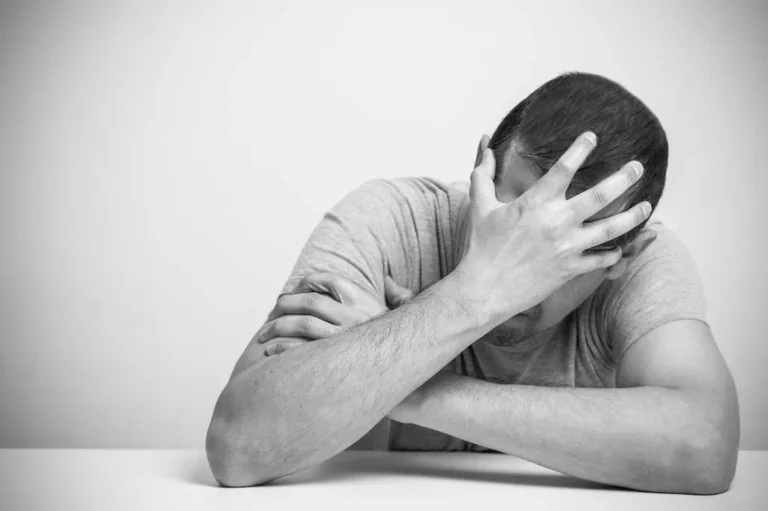Dual Diagnosis: When Mental Health and Addiction Intersect

A correct diagnosis is the foundation of effective therapy and positive outcomes. Doctors have made considerable progress in treating people with psychological dysfunctions combined with substance abuse, called “dual diagnosis.” Such patients have a greater risk of relapse than those with a single disorder. In this guide, we’ll discuss the most common dual diagnosis and their possible treatment to explore how to deal with such situations.
The Definition of the Dual Diagnosis
This issue describes a state when an individual faces a mental health issue and a substance use disorder (SUD) concurrently. Mental conditions can include depression, anxiety, PTSD, or paranoia, while SUD covers the misuse of drugs, alcohol, or other addictive substances.
When these conditions coexist, they amplify each other’s effects. Failure to treat psychological dysfunctions exacerbates SUD. As the dose of strong liquors or opiates increases, psychological symptoms may also develop.
According to a study, approximately 50% of people who regularly consume drugs or strong liquors experience psychological disorders over time, and vice versa.

Begin your journey to recovery and take back control of your future.
Dual Diagnosis vs Co-Occurring Disorders
The distinction between dual diagnosis and co-occurring disorders is purely a matter of terminology. They describe similar cases, where a patient simultaneously experiences a psychiatric disorder and SUD.
Dual diagnosis refers to a person with a psychological dysfunction and SUD together. Co-occurring disorders, however, are a broader concept, encompassing various mixes of conditions.
Primary Symptoms of Dual Diagnosis
Signs vary depending on the particular psychological issue and the strong liquors or drugs consumed. Let’s discuss the examples of dual diagnosis encountered by medical specialists.
- Depression. Patients experience persistent sadness, hopelessness, apathy, and suicidal ideation.
- Anxiety disorder. People suffer from excessive anxiety, panic attacks, rapid heartbeat, and paranoia.
- Schizophrenia. These patients experience hallucinations, paranoia, disorganized thinking, and disrupted normal functioning.
- PTSD. Nightmares, flashbacks, hypervigilance, and increased fear characterize this illness.
Let’s look at the signs of dual diagnosis connected with SUD:
- Craving and compulsive use. People complain of a strong urge to consume strong liquors or drugs and an inability to control the situation.
- Tolerance and withdrawal symptoms. Such patients require increasing the dosage to reach a similar effect. They experience physical withdrawal signs, including anxiety, nausea, and irritability.
If you notice such signs in yourself, a relative, or a friend, you should seek help immediately.

Causes of Dual Diagnosis
The reasons for such a condition are complicated and multifaceted. They involve a mix of several factors that lead to the deterioration in a person’s well-being. Let’s analyze the leading causes.
- Genetic factor. People with a family history of psychiatric disorders or addiction are at higher risk of facing dual diagnosis due to hereditary predisposition. Specific genes influence how the brain processes dopamine, stress, or impulse control. It boosts susceptibility to both states.
- Surroundings. Chronic stress may accelerate the development of psychological disorders, and the consumption of psychoactive compounds to reduce unpleasant emotions. Living in a region where drugs or alcohol are readily available boosts the risk of addiction. This may exacerbate or trigger the signs of a psychiatric issue.
- Trauma. Physical, emotional, or sexual abuse boosts the risk of developing dysfunctions and addictions. Trauma can disrupt brain function in areas connected with stress regulation and impulse control. It makes a person more susceptible to addiction.
- The connection between psychological well-being and SUD. Psychological conditions and addiction may reinforce each other. The addiction may temporarily alleviate the signs of a mental breakdown, but ultimately worsens them. It leads to boosted strong drink or opiate consumption to cope, and so on.
If you want to reduce your risk of developing such dysfunctions, we recommend examining your genealogy, monitoring your consumption of strong liquors, and discussing all threats with your healthcare specialist.
Main Options for Treatment
There are several options to decrease the signs of co-occurring disorders. Complex therapy methods are critical to ensure full recovery.
- Psychotherapy is a necessary element of overcoming dual diagnosis. Cognitive behavioral therapy helps a healthcare provider define and adjust negative patterns of thinking and behavior that lead to psychiatric issues. Dialectical behavior therapy teaches emotion regulation, stress tolerance, and interpersonal effectiveness.
- Medications. These control the signs of a mental breakdown, decrease cravings for psychoactive compounds, or facilitate detoxification. Patients suffering from psychological disorders take antidepressants, antipsychotics, and mood stabilizers. Medicines depend on the type of addiction.
- Intensive outpatient programs (IOP). These suggest several hours of therapy several days a week. They involve psychotherapy, medicines, and prevention of recurrence. Patients typically live outside the medical facility and overcome social barriers.
- Partial hospitalization programs (PHPs). As a rule, they include 5–7 days a week of structured therapy without the need to stay overnight. PHPs are suitable for people with moderate to severe conditions.
- Support groups. These suggest emotional support and bring people together for long-term rehab. There are 12-step fellowships, including Alcoholics Anonymous, Narcotics Anonymous, Peer-Led Support, and others.
You can complement pharmacotherapy with a support group to form a secure environment to exchange experiences and achievements.
Co-Occurring Disorders Therapy Problems
There are two important problems of dual treatment that it is recommended to think about. The first is that symptoms of substance use and mental health conditions often mask each other, making it difficult to determine which problem developed first or how one influences the other. This leads to misdiagnosis or partial treatment, where only one disorder is addressed while the other continues to progress.
Another problem is inconsistent treatment plans. It is challenging to find facilities with an integrated approach, as some rehabs specialize primarily in detox or addiction recovery without offering proper mental support, while others help with mental illness without addressing substance use.

Recovering is a long and challenging process, but you don’t have to be alone. We are here to guide you and offer a safe and substance-free environment to regain control of your life and create a new path for your future.
Final Words
Recovery from dual diagnosis requires willpower, structure, and a motivating environment. It happens when mental health challenges and substance dependence are addressed together. Moving after treatment to a sober house is a strategic decision that will allow one to eliminate all triggers and concentrate on self-improvement.
At Eco Sober, you can live in a friendly and sober atmosphere and join a peer community to share experiences. Here, every individual has the opportunity to overcome challenges and move toward a substance-free life.




